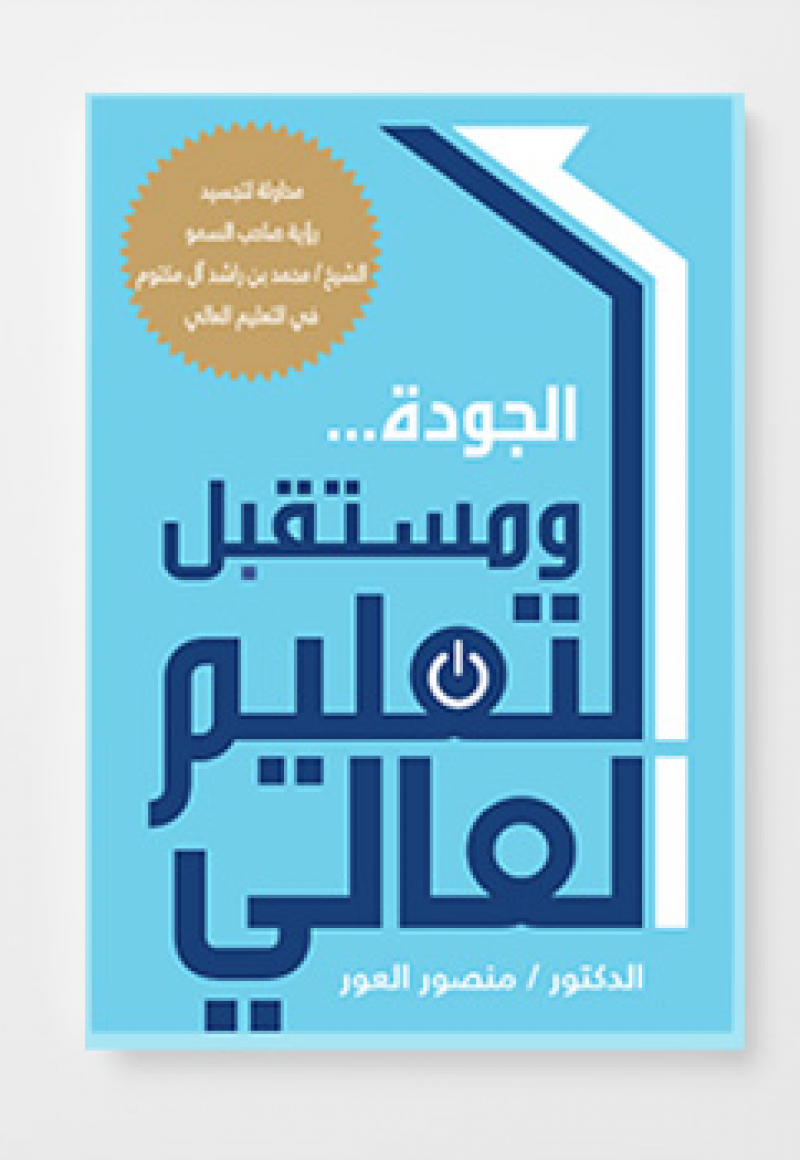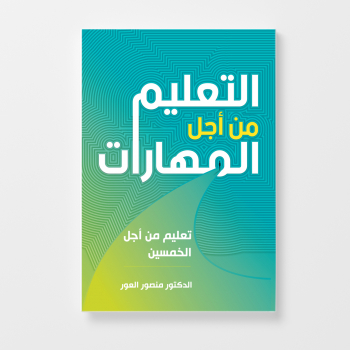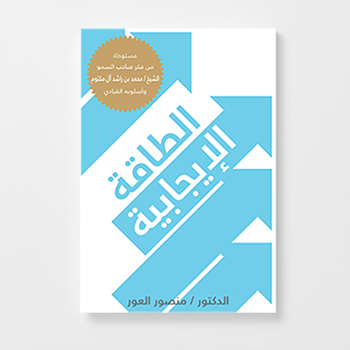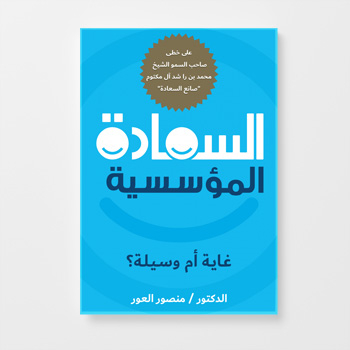
In his new book, "Quality and the Future of Higher Education," Dr. Mansoor Alawar explores the features of higher education in the Arab world, which pose various challenges for any university in the region. He suggests Quality as a solution for these challenges, giving a detailed account of the objectives and the tracks of quality in higher education institutions. In chapter 2, the author discusses quality in smart learning and smart universities, examining its aspects, foundations, and quality assurance. In chapter 3, Dr. Mansoor presents “Alawar Scale” which defines the level of quality at universities.
Discussing the first quality track, the author introduces a major indicator, i.e. the ‘Student-Teacher Ratio’ that must be considered in the educational process. This ratio represents the extent of attention a student receives within a classroom. It can indicate the negative impact of high-density classrooms, a notion evidenced in the book by the value of this ratio at some American universities.
In chapter 2, the author draws an analytical comparison of smart universities and conventional universities, demonstrating the advantages of smart universities based on the quality tracks illustrated in chapter 1, including the use of electronic media. The chapter explains how the roles of the student and the teacher within the new learning system have changed in a way that drives student involvement and interaction. These changes help expand student knowledge circle, eliminates time and place constraints, develops creative skills, and provides learning to all, including professionals, employees, Arab women and learners with special needs.
The author concludes chapter 2 with quality assurance in smart learning, based on their procedural, academic, strategic and educational dimensions, in addition to other dimensions related to change, economy and technology. The following part deals with challenges faced by smart learning institutions like academic accreditation in the Arab countries, the dominant conventional thinking within accreditation authorities, and the recency of this approach for learning in the region. Moreover, this chapter discusses measures needed to overcome these challenges.
Chapter three of the book consists of “Alawar Scale” for quality at universities. The Scale helps these higher education institutions measure their overall performance and quality level. Comprised of 125 questions for a university to answer using approved research methods, the result of scale can be used as a reliable estimate of the quality level of performance at such university.


